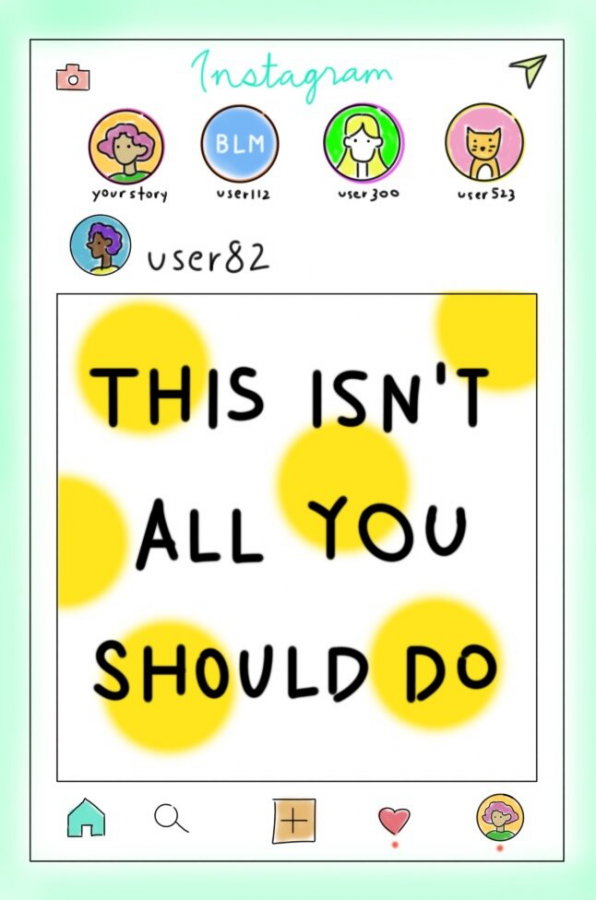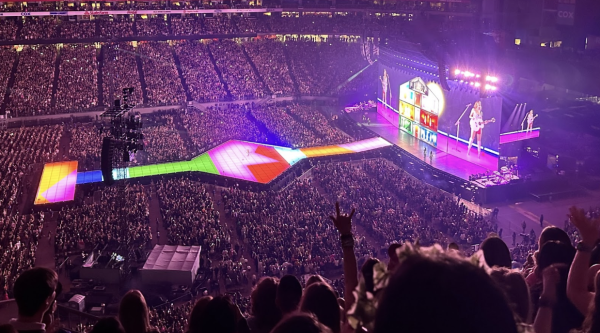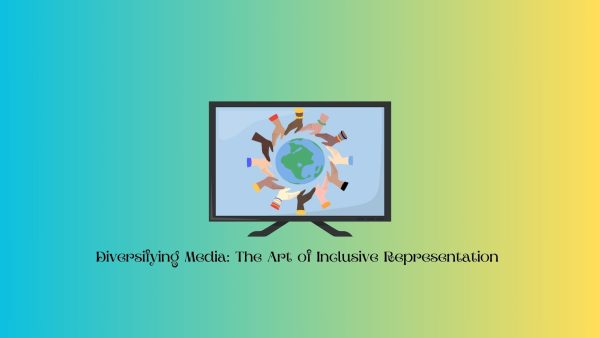The Harm of Performative Activism
Performative activism has emerged during this age of social media.
December 11, 2020
After the Black Lives Matter protests, the phrase performative activism has emerged throughout the world. Performative activism is a form of activism that benefits one’s gain rather than expressing genuine support for a cause. Frequently, performative activism is utilized as a cover-up to not appear ignorant or racist.
Although police brutality and unequal justice toward Black Americans is not a new topic, suddenly millions of people nationwide have joined in allying with the Black Lives Matter movement. Although millions of people genuinely support the cause and want to cause real change, others are only putting up a performance. Numerous celebrities only acted as allies because it was convenient for them to go with the “trend” and help avoid backlash and criticism.
Performative activism is another gimmick that corporate companies utilize to attract more consumers and boost sales. This tactic sways consumers to support a company because their beliefs reside in what the company believes in. However, for the companies utilizing this opportunity to profit them, consumers become victims to yet another corporate company following the crowd to not receive backlash.
Generally, online and especially on social media platforms, an increase of celebrities have used their platform to speak out. However, a subconscious competition of who is the most “woke” has arisen as Camille Khong (10) comments that she “applauds people for trying to educate themselves but performative activism is just another trend that people use for their benefit to seem ‘woke.”’ Some follow the trend of posting an issue that they want others to see that they “support” instead of using a platform to elevate and advocate. In addition, celebrities may attend a protest to take a picture for a photo op to post on their social media to promote their social capital.
For instance, Blackout Tuesday was proposed to be a day where people would post-black squares on social media to signify solidarity for those who faced police brutality and racism. Although the intentions for this event were genuine, the vast amount of people that participated only jumped on the trend to post a black square with #BlackLivesMatter or #BlackoutTuesday in the caption and soon deleted their post after 24 hours without showing any ways to assist the cause such as discussing the issue or organizations to donate to.
However, forms of activism that will genuinely help is donating to organizations that support a cause. For those who may not be able to donate money, signing petitions is an alternative to elevate the voice of a reason. Also, educating oneself, family members, and friends are essential. In technology, Google is free. Reading a book can also be another way to better understand a topic. Also, when attending a protest, be present. Do not take photos the entire time with the only purpose to do so and later post on social media. Finally, reaching out to local officials can push a cause to be heard in higher ranks where action and change can occur.
Therefore, in the age of social media, performative activism can be a dangerous tactic for those who want to follow a trend. It is significant to comprehend this path’s hazard and realize how performative activism is worse than staying silent.
























Suhani Bhanvadia • Dec 16, 2020 at 11:02 PM
Super informative! It’s so easy to get carried away with just following a trend whether you do or don’t have good intentions. It is very important to remember the true meaning behind your activism and also to practice activism even when there is no trend.
Emily Eslao • Dec 12, 2020 at 12:49 PM
Thank you for addressing this, Anita- I remember the blackout Tuesday, and I agree that it felt much more like a social media trend than a genuine movement. Hopefully good intentions are carried into 2021 so we can see continued support for these causes.
Katelyn Ruggles • Dec 11, 2020 at 2:45 PM
I agree with this article completely. I think a lot of well-known influencers and celebrities feel obligated to post about the problems in the world to not seem problematic, but that is all they really do, which does not show much concern and support for the cause.